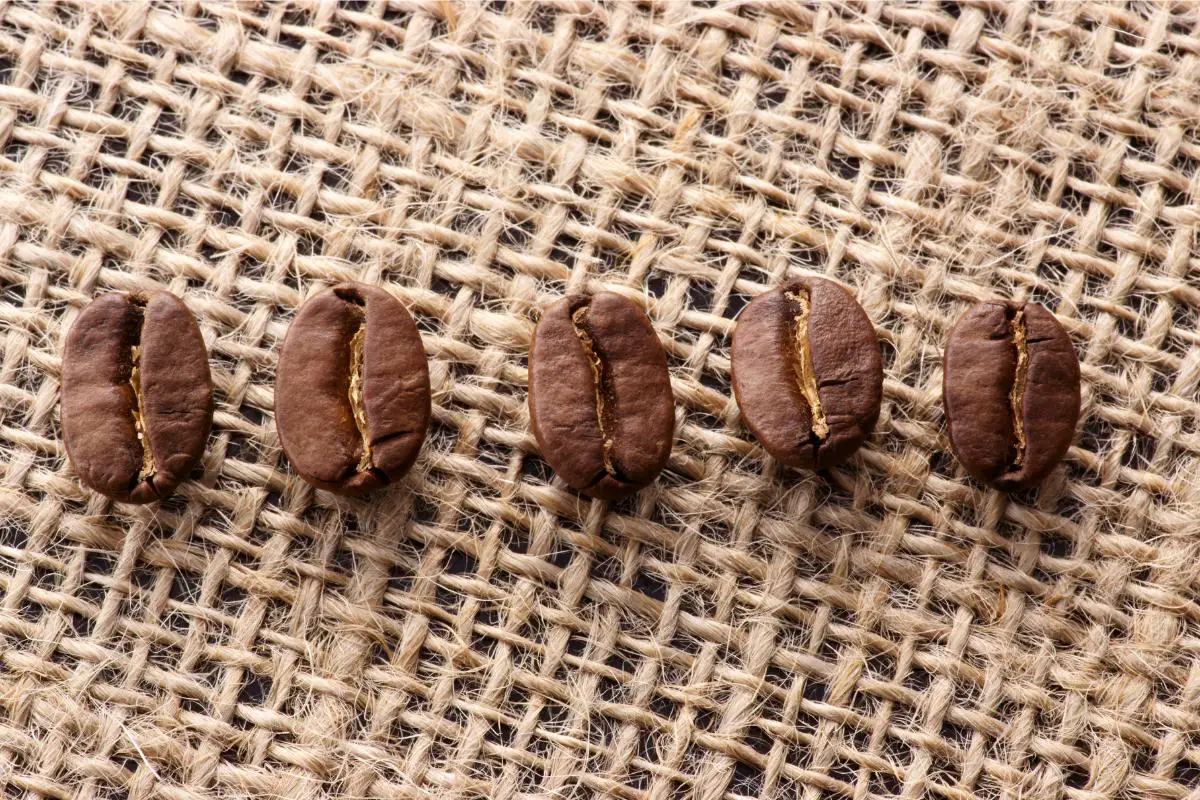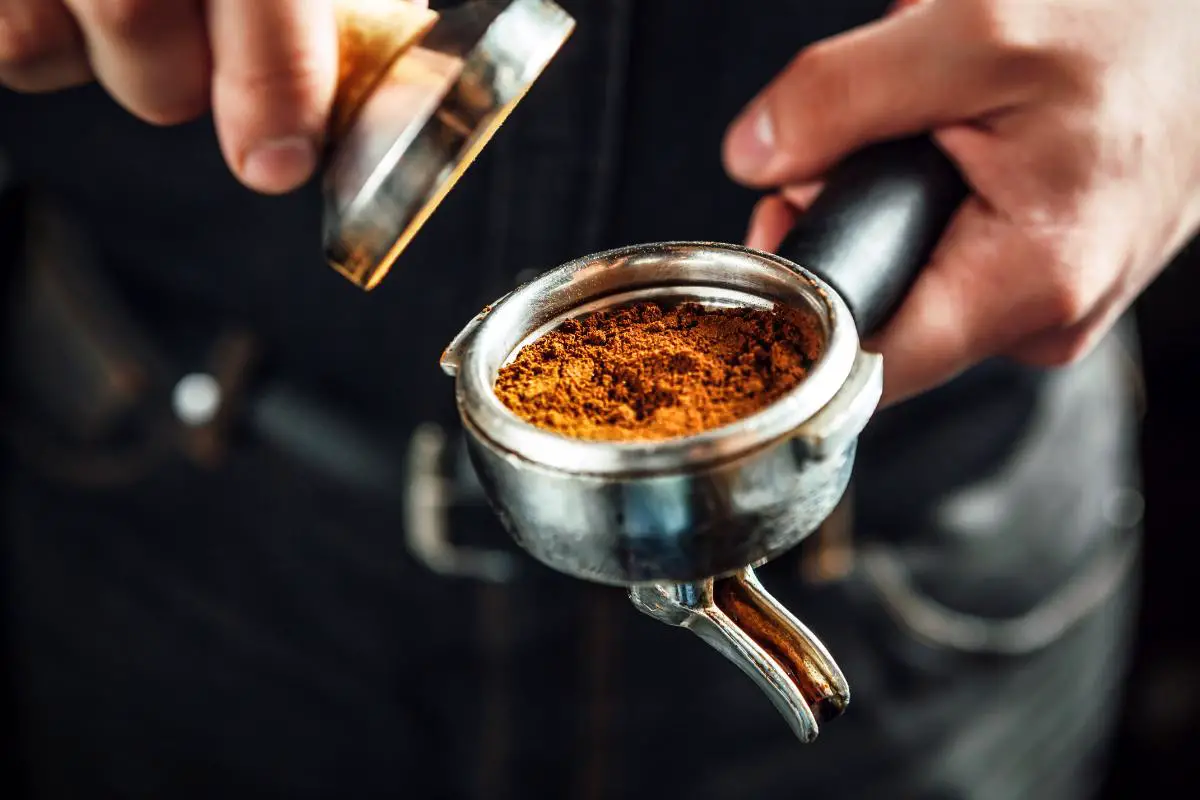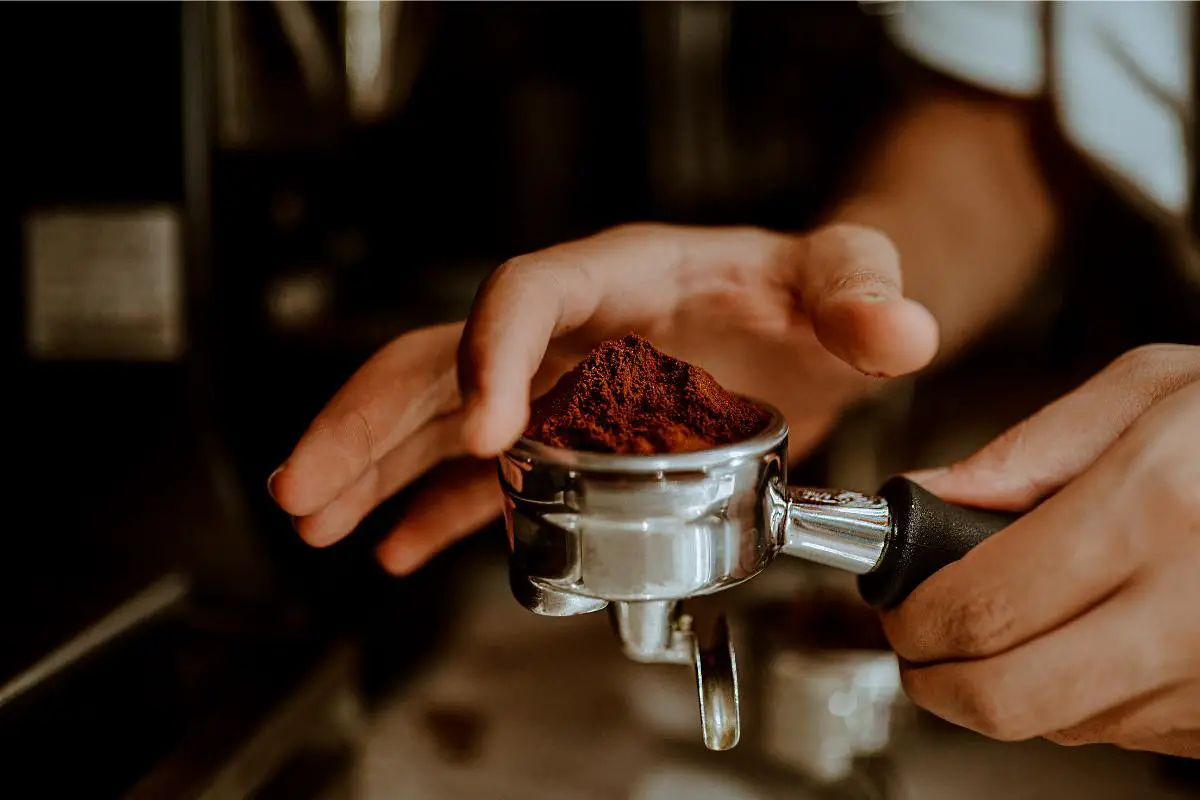There are important variables that a barista must focus on while dialling an espresso, and among those is how flow rate can impact your coffee.
This is the water flow rate during the extraction process which we call as flow rate in espresso brewing process.
Some other general focus areas also include are yield, brew time, and dose.
Changing flow rate of water becomes more renowned among many baristas, as this offers them different and unique control.
How flow rate can impact your coffee? Flow rate can impact your coffee because after altering the water amount passing through the coffee grounds, you will bring in new subtle and nuanced flavours in the brewed espresso.
However, let us take a further dive to give you a better understanding on how flow rate impacts coffee.
Table of Contents
What is Flow Profiling and Flow Rate?
With an espresso machine, flow rate is the measurement of the water passing through group head while you’ve got the pump activated.
A lot of commercial coffee machines are available with flow rates of around 250 to 500 grams in 30 seconds, but the suitable range is around 200 – 280 g per 30s.
Thus, it is best to calculate each groups flow rate head at various times to get accurate outcomes.

For doing so, you should remove the porta-filter, get a few scales (one receptacle for water), and engage pump till a certain time.
After it is finished, you can divide total water weight by that certain time to assume the rate of flow in the grams/second unit (g/s).
So, let’s suppose, 300 grams of water in 30 seconds would mean that your group head has a 10g/s flow rate.
After knowing the coffee machine’s flow rate you can easily fine tune the interaction of coffee and water while extracting coffee.
More control on how water goes through coffee grounds lets you pinpoint certain acidity levels, bitterness, sweetness, and body for creating unique espresso shots.
Such processes are called as flow control or flow profiling.
How Does Flow Rate Impact Extraction?
The flow rate has a significant impact on all espresso extraction phases, including the pre-infusion stage.
The pre-infusion can happen when water firstly hits the coffee grounds while beginning to release CO2.
From the pre-infusion beginning until the extraction chamber would fill up with pressure remaining zero bar, it does not change depending on the pressure coming from the water flow or machine that is set; pressure can only increase after the chamber gets saturated with water.
To further understand flow how flow rate affects coffee profile, we will consider the suggestions from award-winning Mexican barista and PalReal and Mexican barista, Fabrizo Sencion, as well as Carlo Cicilot and Lukasz Bertoli, Emo design studio co-founders.
According to Fabrizio, controlling flow rate lets baristas get desired flavour profiles in the pre-infusion stage:
“Pre-infusion in the initial 12 to 15 seconds with limited flow rate make coffee extraction simple, even with fine grind size or light beans roasted.”
“Achieving the proper flow rate would mean that you’ll be able to grind coffee as fine as you would like with light to medium roasts without any sourness.”
Fabrizo Sencion
What Happens When Flow Rate Is Not Achieved?
You set up the coffee in the grinder for a certain weight and time, so you’ll want the extraction, for example, to be 20 grams in 38 grams out around 20 seconds.
Let’s assume that you have low flow in one group compared to the other, in the fifth extraction after doing that, you get high flow – here is how flow rate can affect your coffee.
With Low Flow Rate
Low flow rate, you will go to increase the amount of time that water and coffee will remain in contact and you’ll decrease pressure within porta-filter, forget pump amount pressure, but the resistant pressure within the porta-filter chamber.
With High Rate
When decreasing (extraction)… plus pressure on a porta-filter chamber also changes.
In all cases, the altered contact pressure and time impacts the quality and flavour of the espresso.
It negates all the hard work you have put into finding the best recipe and dialling in, and it can also result in the inconsistent taste in coffee – something which is easily noticeable.
According to Carlo and Lukasz, the ZERO has different settings for flow rate.
ZERO is available with two main control modes for flow – freestyle flow and fixed flow of water.
“With fixed flow, the rate of flow would be adjustable on the machines touchscreen and can be fixed through extraction”.
“It helps the barista while making the repeated beverage, as they are able to fix the rate of flow for a certain time”.
Carlo Cicilot and Lukasz Bertoli
Carlo and Lukasz added, “With freestyle setting of water flow, all levers on ZERO have four steps”.
“All these steps are set to certain flow rates – of around 4, 6, 8, and 10 g/s – providing the barista total control while extracting”.
It is useful at short end as the coffee flow rate can naturally increase when you’ve got a wet coffee puck with low resistance.

The ability of manually minimising the rate of flow can provide better control to the barista.
Both freestyle and fixed ZERO modes provide barista with better control. Carloa and Lukasz say that the features “provide baristas with the power of exploring special coffee aromas”.
Baristas use various coffees with best flow profiles on all group heads, along with changing flow profiles with same coffee for obtaining different outcomes.
How To Find Out The Ideal Flow Rate?
People that have espresso machines, either in-home or café can calculate the flow rate. This should be done twice for all groups, without a porta-filter.
You must put the precision scale at the machine bottom with the pitcher under the group head, and you must begin group pump at the same time while doing it for around 20 seconds.
After finishing, let’s say that you have 200g of water, so now you know that you’re extracting at 10 gram/second as you went through 200 grams and 20 seconds.
Remember, that you have to take good care of the machine after you invest in it.
What Is The Link Between Pressure and Flow?
To know how the pressure impacts the flow in the coffee machine, you have to know what results in pressure resistance.
There are various ways of limiting pressure in an espresso machine. Besides the pipe diameter, you also get flow restrictors, keeping the machine pressure constant.
Besides, this there is also punk resistance of coffee to the water.
The coffee grounds affect the amount of water passing through and the speed of coffee as well.
However, the resistance of punk can also vary with extraction, as the flow and pressure rate can increase, the coffee can take more water with less resistance.
Generally, with increased pressure, the flow rate also increases, however, with a spike in pressure, the grounds can also be compared, which results in a slow flow rate and can affect the extraction.
The pressure must be stable throughout for ensuring that the flow rate doesn’t affect espresso flavours.
So the simplest way of getting it is through using integrated pressure machine controls.
With the regulation in digital flow, it is simple to control the total water coming through the group head over the coffee puck over a certain time.
According to Fabrizio, it results in stable and constant pressure.
Some Tips While Flow Profiling
Flow profiling can be also used for informing the ground dose for a brewed espresso.
When a single dose is little, or coarse grind, there won’t be good pressure to get desired flow rate, resulting in it’s under extraction.
Similarly, a lot of pressure will be there when the dose is large or you get a fine grind, ultimately leading to espresso which is over-extracted.
When you’re looking to adjust further with its flow rate, you will also be able to alter the porta-filter basket size.
Many coffee machines are designed with a small filter kit for helping you in reaching an optimal rate of flow.
It is also possible to adjust the flow rate for suiting different levels of roast.
- For toning light roast sweetness and acidity, pre-infusion must last till eight to five seconds at the flow rate of around 2 or 3 grams/second.
- Medium roasts require an infusion of five-second with 5 to 6 grams/second which extracts more oil while decreasing flow rate and increasing body towards the brewing end reducing bitterness and making a great aftertaste.
- Finally, it would also possible to have a low dark roast of bitterness by lowering rate of flow from 10 g/s to 4 g/s after its pre-infusion, it brings out the sweetness in your coffee.
What Else Can Result In Inconsistent Flow Rate?
Many issues impact flow consistency, including, worn down parts that require replacement, pump malfunctioning, or outdated and old machines.
However, it is not only about the equipment, it is also about how you maintain or use it.
In high-quality machines, there isn’t any issue with the pump, but users are unable to properly clean a group and only use one group each time.
Eventually, it would be down barista to find and experiment with perfect rate of flow for individual coffee.

According to Fabrizio, it would be important to let baristas experiment.
To experiment with espresso, it’s best to use flow profiling. You can not only get better flavour and shots balance, but it can also result in unlocking undiscovered or hidden coffee flavours.
It brings out a new and unique coffee experience.
How Flow Rate Can Impact Your Coffee F.A.Q’s

A. As pressure and flow rate increase, the coffee takes on more water and provides less resistance.
Generally, as the pressure increases, so does the flow rate.
However, a sharp increase in pressure may compact the grounds, which will lead to a slower flow rate and affect extraction
A. Modifying your flow rate can have a major impact on extracting coffees of varying roast profiles.
A. Having flow rate control allows you to more carefully target a weight output regardless of coffee grind size.
A. The flow rate of an espresso machine is a measurement of how much water passes through the group head while the pump is active.
Most commercial machines have a flow rate of between 250 and 500 grams per 30 seconds (g/30s), but the ideal range is between 200 and 280 g/30s.
Conclusion: How Flow Rate Can Impact Your Coffee
The flow rate is among the forgotten variables of brewing great coffee, however, it results in a dramatic impact on the consistency and quality.
So, it’s best to keep a check on the flow rate of your coffee machine.
If you are more into manual brewing, then invest in coffee gear that can help you with the flow rate, such as a gooseneck kettle, allowing the user better pouring control and consistency.
If you enjoyed this article, read more like this by checking out our Specialty Coffee Beginners Guides.




